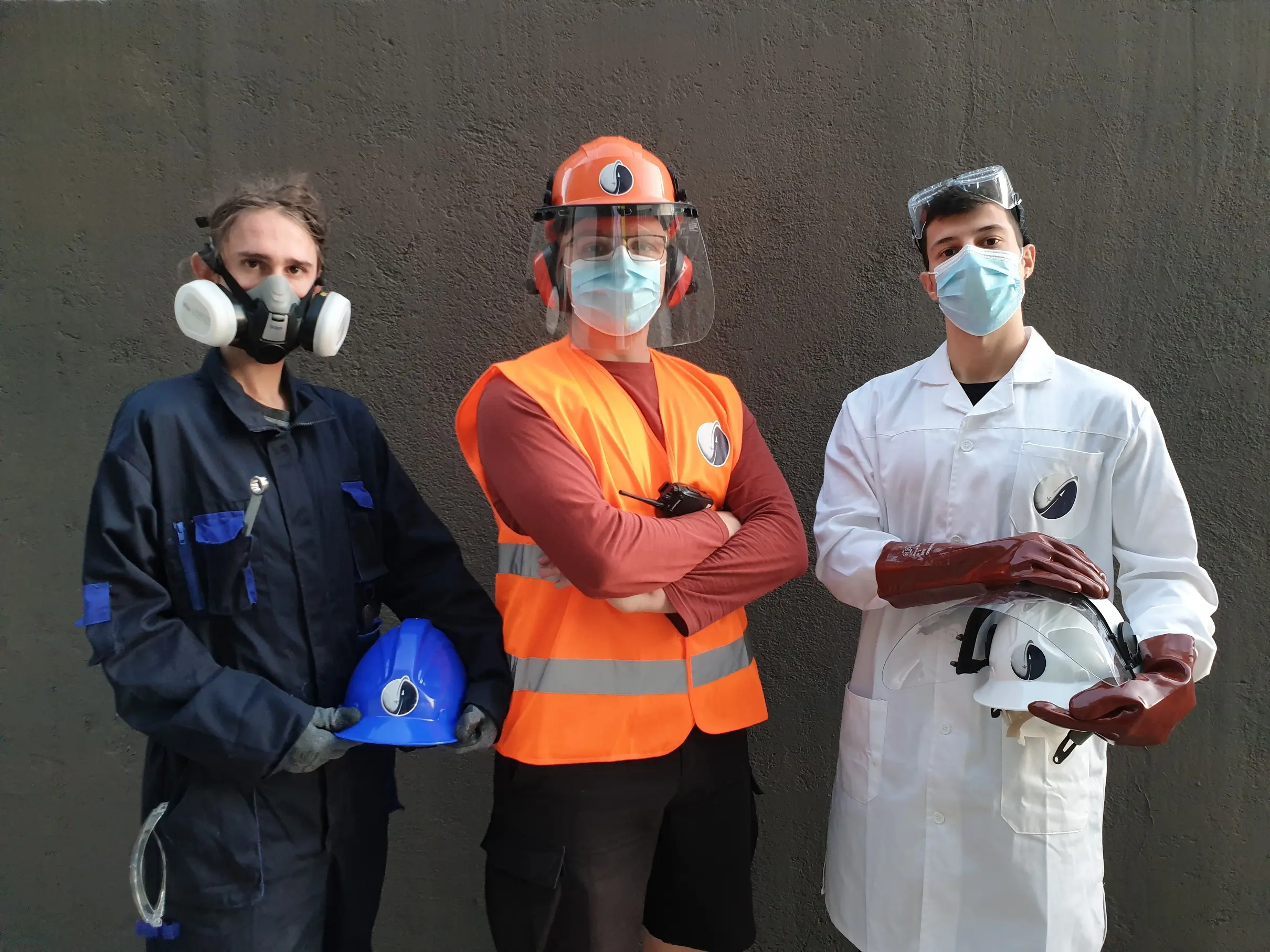The Aerodynamics subsystem specializes in the design of the aerodynamic parts and the trajectory analysis of the rocket. To achieve the best possible results, the subsystem develops its own tools that are based on existing computing resources or new methods that optimize the aerodynamics properties of the rocket, perform CFD analysis, and multiple types of tests that provide the team with numerical and visual data/resources.
The final dimensions of the nosecone and fins are determined with trade off studies realized through CFD analysis.
The main goal of the Aerodynamic Design subsystem is to design a stable rocket that reaches the target apogee precisely and with as few corrections as possible. The design process consists of multiple stages and constant improvements are made until the requirements are met and the optimum result is accomplished.
During the first stages, lower fidelity tools, like OpenRocket, are used to save time, while high fidelity ones (e.g. CFD, optimization algorithms, and trajectory analysis scripts) are utilized in the next stages. Moreover, wind tunnel testing is performed to validate the results and to visualize areas of concentrated aerodynamic stresses.
In OpenRocket the initial configuration layout and sizing are determined, and an estimation of the mass properties of the rocket is given. Additionally, certain aerodynamic loads and characteristics (e.g. drag forces and constants) and stability are calculated, while an approximate trajectory analysis is also performed. The best possible accuracy is provided by Computational Fluid Dynamics Software (CFD), through which the aerodynamic characteristics and the stability are again calculated with much higher efficiency. At the same time, the subsystem studies ways to manipulate the flow around the rocket with passive or active aerodynamic structures to ensure a stable and precise flight. For this purpose, the sub-system uses the pre-processor ANSA from Beta CAE systems for meshing, ANSYS CFD/Fluent as solvers, and finally the visualization tool META from Beta CAE systems as a means of tracking the area of aerodynamic interest around the vehicle.
During the design process, the members are also provided with the rare opportunity to study complicated aerodynamic phenomena and shockwave formation at supersonic speeds.
Another significant part of the subsystem is the Research & Development of new configurations, mechanisms, and design tools. The most important ones until now are the following:
- The subsystem is currently developing a performance assessment and trajectory analysis tool which will replace OpenRocket. This will provide better accuracy and a more precise simulation while maintaining the ease-of-use OpenRocket provides. Specifically, as part of the RocketPy community, the aerodynamics sub-system utilizes the properties of a well-structured trajectory analysis tool-code, developed in Python, which keeps evolving and provides us with accurate diagrams and results derived from the respective simulations.
- Boattail: In the beginning of the Conceptual Design of Andromeda, the sub-system studied the effects of the boattail on the rocket ‘s performance. Its purpose is to reduce the drag of the rocket, by minimizing vortices generated from the base of the rocket. Eventually, it was not used for the project. However, study and research for the component is ready to be used in future projects.




